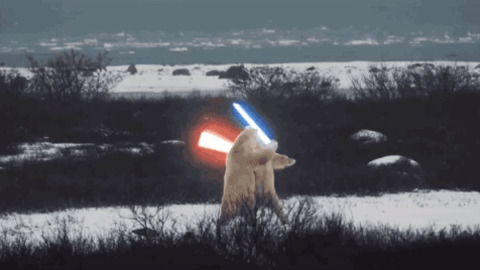Polar Bears
Total Pageviews
3629
Thursday, March 16, 2017
Monday, March 6, 2017
Polar Bears
Polar Bears
Facts:
1.Polar bears nostrils close when they go underwater.
2.Polar bears back legs are used as vessels and to help them direct them selves when they swim.
3.Polar bears have multiple layers of fat thick fur.
Structural Adaptations:
Polar bears have one layer of fur that keeps them warm while they swim, but they also have multiple layers of thick fat skin. They use there front paws to swim to propel themselves forwards like a dog- paddle-style. Polar bears can swim 100 km in 62 minutes well in the water.
Physiological Adaptations :
Polar Bears need more fat, because they get more mass as they grow up, so to keep them warm.
So they make more fat witch is a natural oily substance occurring in animal bodies, especially when deposited as a layer under the skin or around certain organs.
Behavioral adaptations:
Polar Bears need to be Quite fast to catch some of their prey, but they also need to stalk some of their prey to catch some fast moving animals (E.G, seals). They also do shallow dives appropriately 3 - 4.5 meters so they remain under water when they stalk their prey.
Polar bears often rest in the water so that they don’t overheat.
Movement – Polar bears are really fast swimmers because they can swim 100 kilometers in 62 minutes.
Respiration – This type of species also has lungs that breath in oxygen and let out carbon dioxide
Sensitivity – When Polar bears get too hot they go into cold water to cool them self down because they don't want to over heat.
Growth – Polar bears grow by eating fish, seals, young walruses, and other types of different fish species.
Reproduction – Female polar bears make little polar bears with a male polar bear.
Excretion -When polar bears poop they let out all the waste inside there different layers in there body.
Nutrition- Polar bears get there energy by eating and sleeping so that they can swim and run.
Glossary:
Adaptations - Changes in the body to fit a location
Behavioral - An adaptation for surviving (EG. Going into water to cool down)
Adaptations - Changes in the body to fit a location
Behavioral - An adaptation for surviving (EG. Going into water to cool down)
Structural - An Adaptation to or forming part of the structure
Movement - An act of movement
Excretion - (POOP)
Nutrition - Food or Nourishment
Survey - Polar Bears
Movement - An act of movement
Excretion - (POOP)
Nutrition - Food or Nourishment
Survey - Polar Bears
Subscribe to:
Posts (Atom)
















